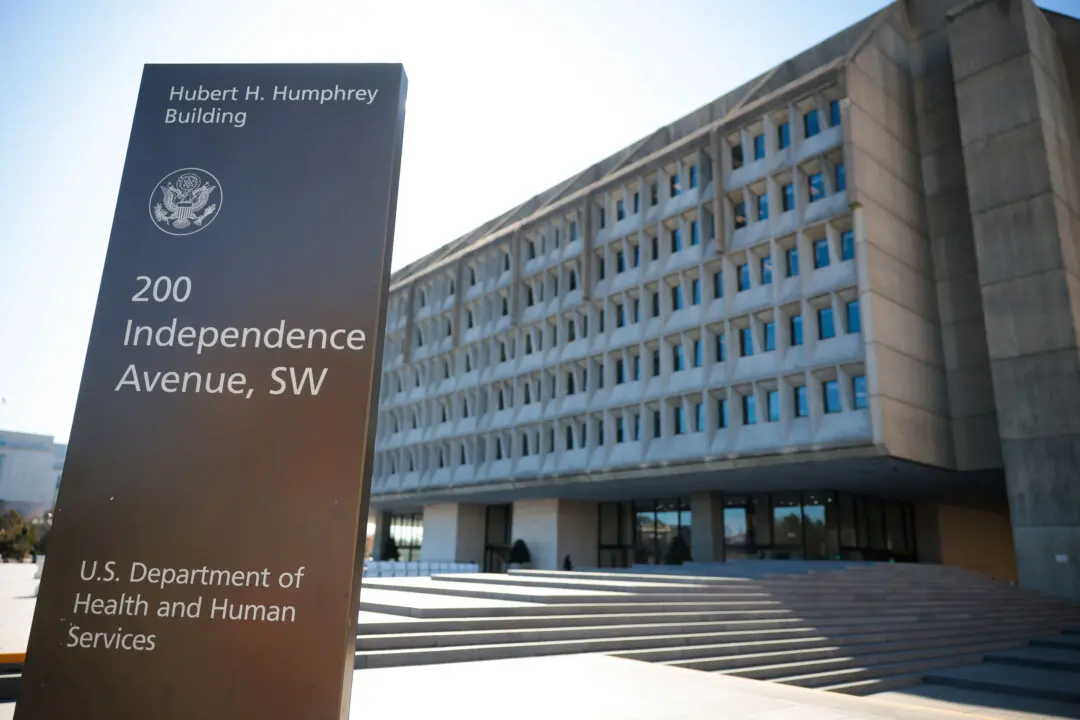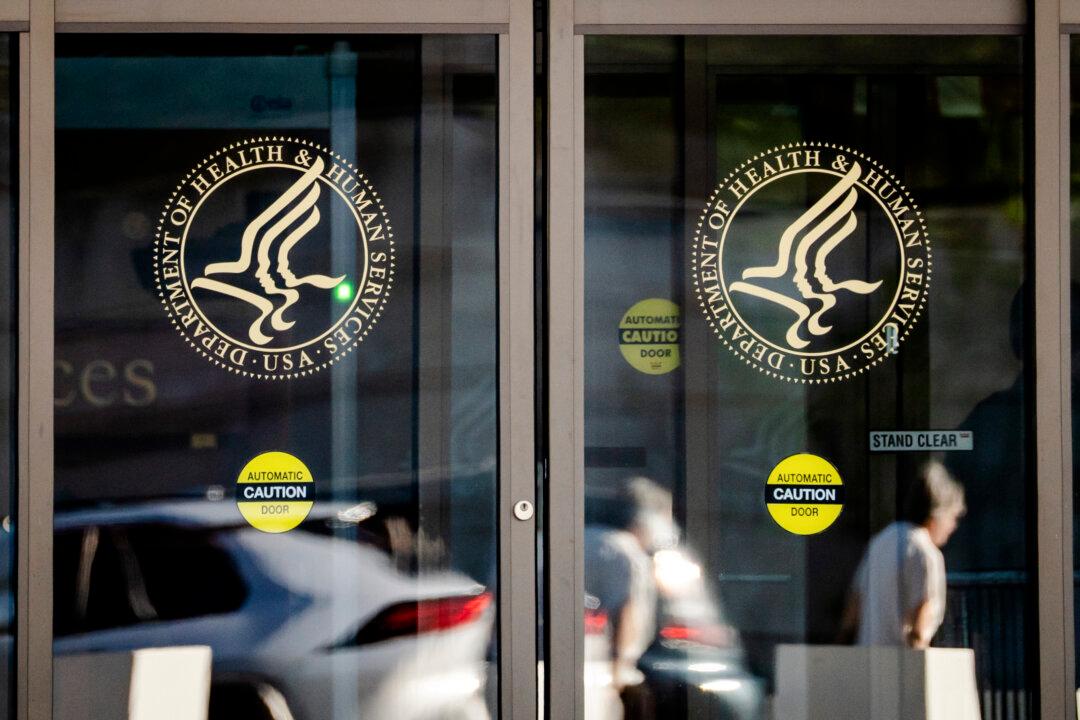President Donald Trump did briefly receive supplemental oxygen, based on a recommendation by his doctor while battling COVID-19, the doctor revealed Sunday.
“Thursday night into Friday morning ... the president was doing well with only mild symptoms and his oxygen was in the high nineties. Late Friday morning, when I returned to the bedside, president had a high fever and his oxygen saturation was transiently dipping below 94 percent,” Dr. Sean Conley told reporters outside Walter Reed National Military Medical Center in Maryland, about 15 miles from the White House.





